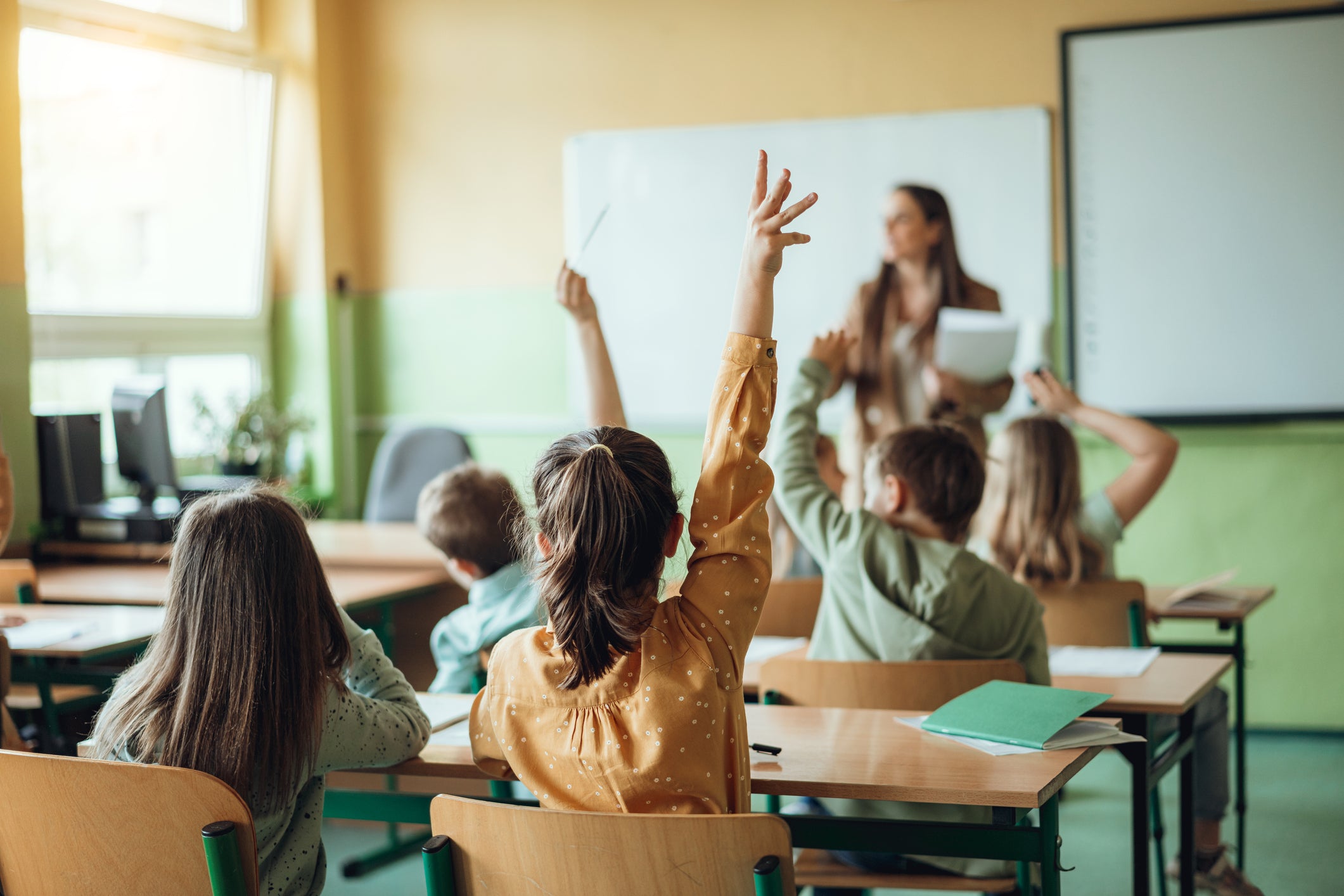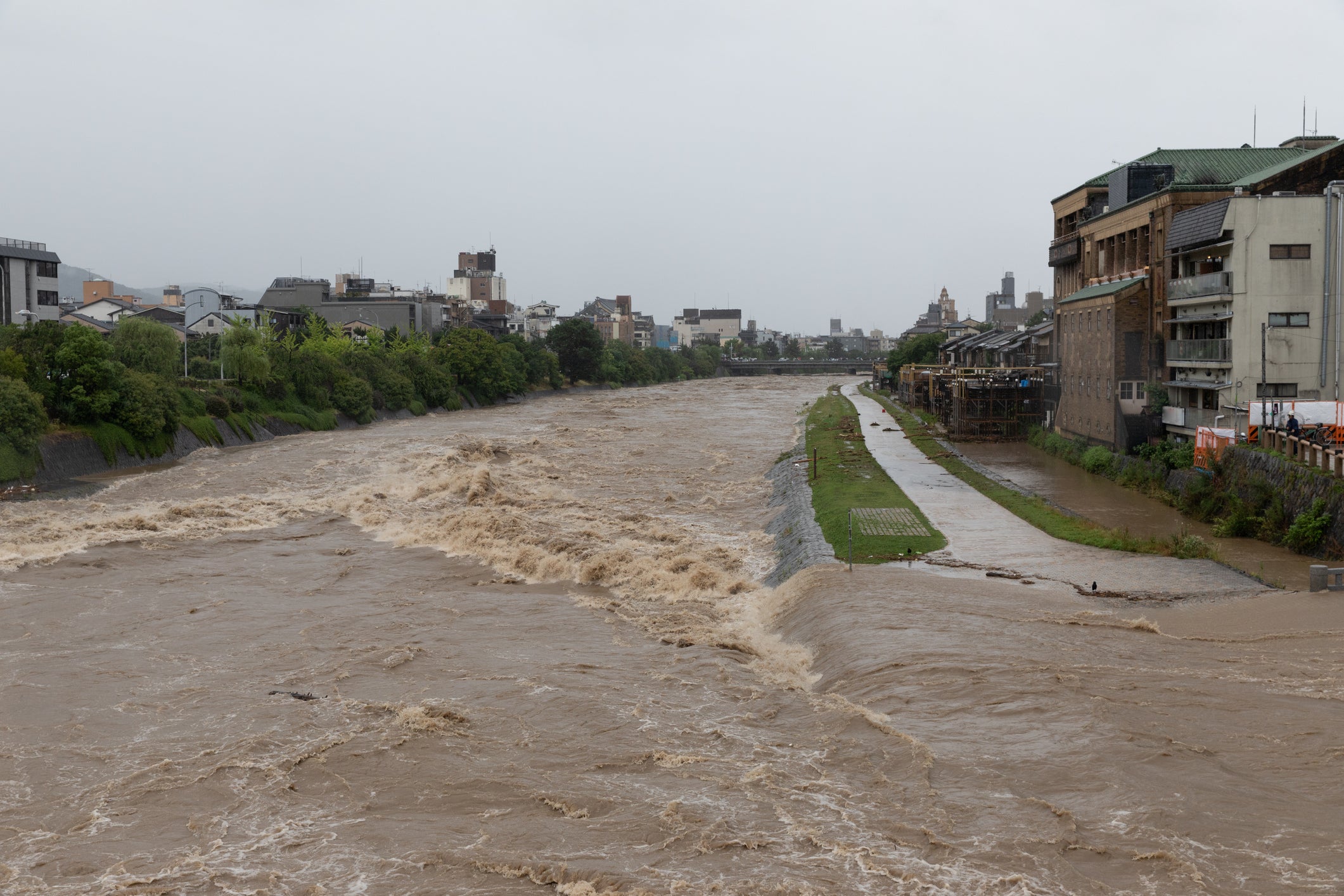Disaster prevention measures at nursing homes
table of contents
Introduction
1. Formulation of an evacuation plan
2. Establishment of emergency communication methods
3.Care tailored to the characteristics of the elderly
4. Inspection of facility equipment and supplies
5.Staff education and training
6. Collaboration with local communities
summary
Introduction
Disaster prevention measures in nursing homes are extremely important to ensure the safety of the elderly. Older people are usually more vulnerable during disasters. Therefore, it is important for nursing homes to take the following measures:
1. Formulation of an evacuation plan
1-1 Risk assessment and evacuation route confirmation
① Risk assessment within the facility
We perform risk assessments according to the type of disaster (earthquake, flood, fire, etc.). Identify dangerous areas within the facility and determine evacuation routes and locations.
② Setting evacuation routes and evacuation sites
Show evacuation routes on maps and pamphlets and designate evacuation areas. It is important to post an evacuation guidance map on each floor and clearly indicate the evacuation guidance map.
1-2 Education and training for residents and staff
① Implementation of educational programs
Provide educational programs for residents and staff regarding evacuation plans. We help employees understand evacuation procedures through regular drills and simulations.
②Response to different disaster scenarios
We conduct training for different scenarios depending on the type of disaster, such as earthquakes, fires, and floods.
1-3 Determine staff roles and responsibilities
① Division of roles among staff during evacuation
Clarify the roles and responsibilities of all staff during an evacuation. Decide who will lead the evacuation and who will be responsible for supporting specific residents.
② Consideration for residents who require special care
We will secure staff who are responsible for responding to and supporting residents who require special care.
1-4 Continuous review and improvement of evacuation plans
①Regular training and evaluation
Implement evacuation plans and record problems and improvements discovered during training. Based on this, the evacuation plan will be periodically reviewed and improved.
②Providing the latest information
Changes in disaster response procedures and evacuation routes, as well as new information and methods, will be provided to relevant parties at any time.
2. Establishment of emergency communication methods
2-1 Establishment of emergency communication methods
① Establishment of emergency contact information
Organize and maintain information such as mobile phone numbers, emergency contacts, and names of emergency personnel in order to establish contact with residents, staff, and related parties.
② Utilize different means
Use a combination of different methods such as text messages, phone calls, and emails to ensure that you are reached in an emergency.
2-2 Emergency information transmission and confirmation
① Procedures for transmitting emergency information
We have established procedures for communicating information in the event of a disaster, and all staff members understand these procedures. Establish information communication chains and protocols.
②Confirmation and reporting
In the event of an emergency, staff and personnel will confirm the safety of the residents and report on the current situation, understand the safety status of the residents, and provide information to their families and related parties.
2-3 Regular checks and updates
①Regular confirmation and update of information
Regularly update resident and staff contact information to keep it current. We will promptly update your contact information if there is a change.
2-4 Preparation of communication means
① Backup communication means
Have a backup means of communication in case your Internet connection may be unstable or your means of communication may be limited.
3.Care tailored to the characteristics of the elderly
3-1 Healthcare provision
①Regular health check
In order to understand the health status of the elderly, doctors and nurses conduct regular health checks and health management.
②Drug management
If you are taking multiple medications, we will make sure you are taking the correct medication and provide medication management and support as needed.
3-2 Mobility and physical support
①Mobility support
We provide assistance and appropriate walking aids to elderly people who require support for walking and moving.
②Rehabilitation
We provide rehabilitation programs aimed at maintaining and recovering physical functions and support appropriate exercise.
3-3 Cognitive function support
① Cognitive function training
We provide training to address cognitive decline and programs to prevent dementia.
②Adjust the environment
As sensory support, we adjust the lighting and environment to help the elderly live in a safe and comfortable environment.
3-4 Emotional support
① Providing social support
We provide social support and emotional support to help older adults deal with loneliness and anxiety.
②Community activities
Promote social interaction and engagement through group activities and community events.
4. Inspection of facility equipment and supplies
4-1 Equipment inspection and maintenance
① Inspection of emergency generators, fire extinguishers, etc.
We will ensure power supply and regularly inspect and maintain fire extinguishers in case of a fire. Includes operation check and charging status check.
② Inspection of lighting and emergency lighting
We will inspect the lighting equipment needed in an emergency, and if it is malfunctioning, we will repair or replace it.
4-2 Storing food and water
① Food stockpiling and inspection
In preparation for disasters, regularly check your stockpile of long-term shelf-stable food and replace food that is nearing its expiry date.
②Secure drinking water
We will secure the necessary drinking water in the event of a disaster, and regularly replace and disinfect the water.
4-3 Inspection of drugs and medical devices
①Management and inspection of pharmaceuticals
We stockpile necessary medicines, check for expired or deteriorated medicines, and replenish them.
②Inspection of medical equipment
We check the operation of necessary medical equipment (e.g. blood pressure monitors, blood sugar meters, etc.), disinfect them, and perform periodic inspections.
4-4 Records of regular training and inspections
① Records of emergency training and inspections
We keep records of regular training by facility staff and inspections of facility equipment, and if necessary, we identify areas for improvement and make corrections.
5.Staff education and training
5-1 Disaster response training
① Disaster simulation training
We carry out training that simulates appropriate actions and response procedures in the event of a disaster such as an earthquake, fire, or typhoon.
②Education on evacuation plans and evacuation procedures
Provide education on understanding the evacuation plan and proper evacuation procedures to ensure that all staff are able to respond appropriately.
5-2 Training on elderly care
①Education regarding the characteristics of the elderly
We provide training to deepen your understanding of the characteristics and needs of the elderly, including dementia and mobility issues.
②Improvement of communication skills
We provide training to improve skills for appropriate communication and engagement with older adults.
5-3 First aid training
①Basic first aid training
We provide training on basic first aid skills and procedures to improve your ability to respond to emergencies.
② Training in the use of medical equipment
We provide training on how to use medical equipment such as blood pressure monitors and blood sugar meters.
5-4 Continuing education and evaluation
①Regular training and evaluation
Maintain the skills of your staff through regular training and regular meetings, and identify areas for improvement as needed.
②Updating skills and knowledge
Provide information on the latest care techniques and best practices to keep staff skills and knowledge up to date.
6. Collaboration with local communities
6-1 Participation in local disaster prevention plans
① Active participation in local disaster prevention plans
Nursing homes actively participate in local disaster prevention meetings and disaster response plans, sharing information and cooperating.
②Support for local initiatives
We strengthen our ties with local communities by participating in and supporting local disaster prevention activities and community events.
6-2 Utilization of local resources
① Building cooperative relationships with local resources
We will build partnerships with local medical institutions, fire departments, police, volunteer groups, etc., and strengthen cooperative relationships during disasters and emergencies.
②Building a support system
Build a network to receive support from neighboring facilities and communities.
6-3 Providing information and education to the community
①Providing information to local residents
We will provide information and conduct educational activities for local residents regarding nursing home evacuation plans and emergency response.
②Educational program for local residents
We will provide educational programs on elderly care and disaster response procedures to improve local residents' ability to respond to disasters.
6-4 Establishment of information sharing and communication system
① Information sharing with the local community
As an important source of local information, we will share information and establish a liaison system with local residents and local institutions.
②Secure means of communication in case of emergency
In order to ensure smooth communication in the event of a disaster, we will secure a means of emergency communication with the local community.
summary
・Development of evacuation plan
Establish evacuation routes and locations, and conduct regular drills.
・Emergency communication means and information transmission
Ensure smooth information sharing in the event of a disaster and develop appropriate means of communication.
・Care tailored to the characteristics of the elderly
Providing health management, mobility support, dementia care, etc.
・Inspection of facility equipment and stockpiles
Stockpile food and medicine and regularly inspect equipment.
・Staff education and training
Provide training on disaster response and elderly care.
・Cooperation with local communities
Participate in local disaster prevention plans, utilize local resources, and provide information and education to local residents.
By carefully planning and implementing these measures, nursing homes can ensure the safety of seniors during disasters and provide a safer environment while working with local communities.








